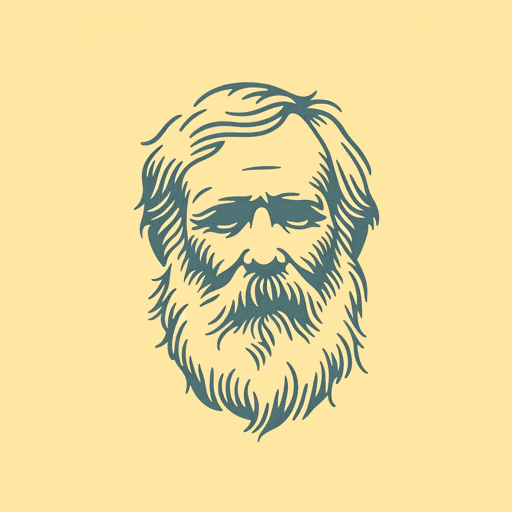20 pages • 40 minutes read
Allen GinsbergTo Aunt Rose
Fiction | Poem | Adult | Published in 1959A modern alternative to SparkNotes and CliffsNotes, SuperSummary offers high-quality Study Guides with detailed chapter summaries and analysis of major themes, characters, and more.
Poem Analysis
Analysis: “To Aunt Rose”
Like many of Ginsberg’s poems, “To Aunt Rose” presents a fragmented picture of the poet’s mind and emotional state. Additionally, Ginsberg relies heavily on symbolism to tell both a personal and a public story, though both essentially communicate the same thoughts of grief and loss. And like Ginsberg’s two most famous poems, “Howl” (1956) and “Kaddish” (1961), this poem bathes in a feeling of melancholy and understated psychological and emotional loss.
Ginsberg opens the poem with the image of his aunt, and his portrait of her is honest. He avoids the poetic trope of romanticizing and exaggerating beauty, and instead focuses on her physical ailments. He establishes her rheumatism right away to introduce the idea of sickness into the poem, and he follows this with the image of her limp leg, suggesting injury. The imagery immediately establishes the poem’s focus on broken things, but it is also important to understand the introduction’s use of time.
By placing the poem during his childhood and specifically referencing the Spanish Civil War, Ginsberg locates the poem within a collective memory of a specific time.
Related Titles
By Allen Ginsberg




